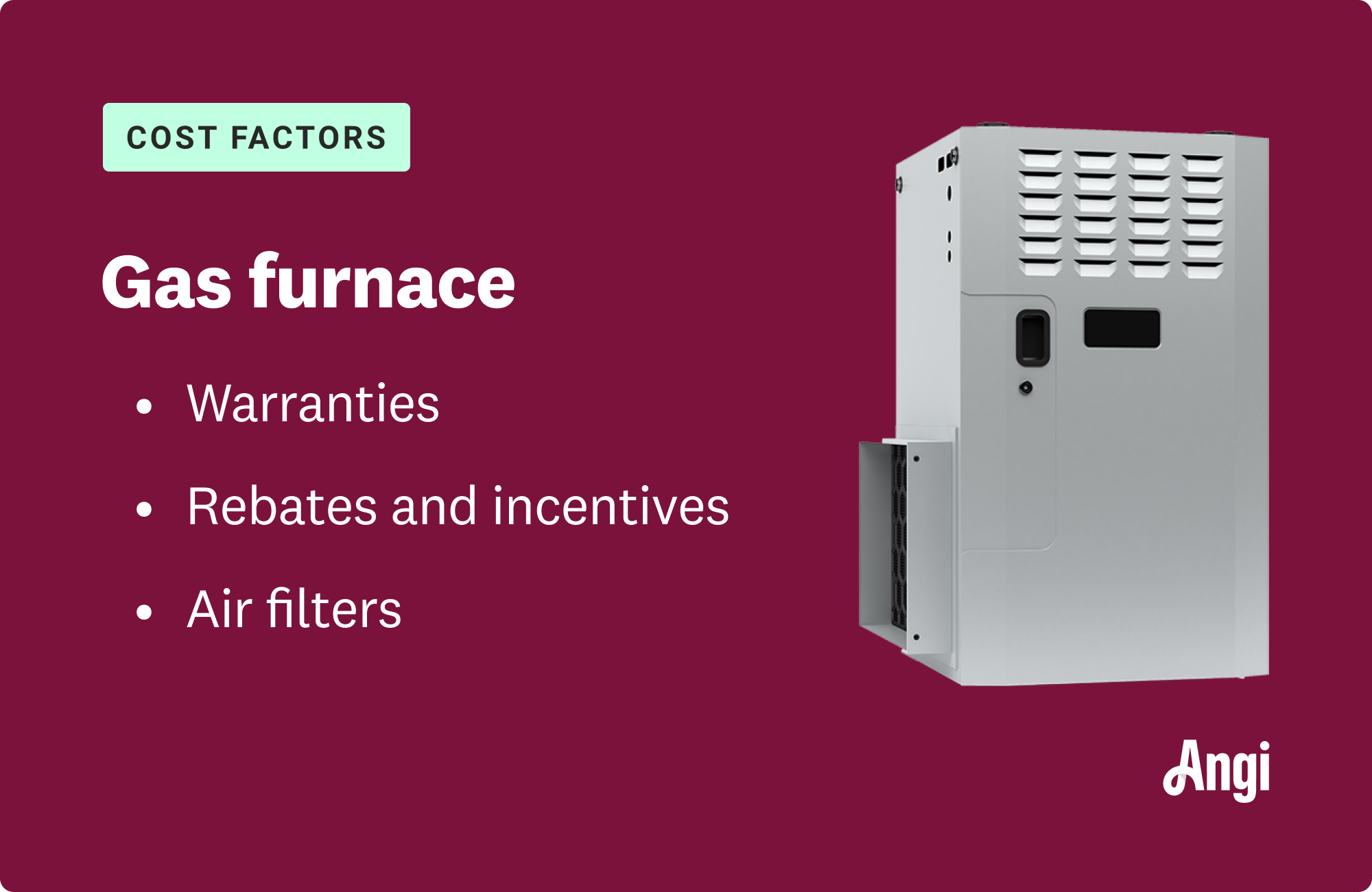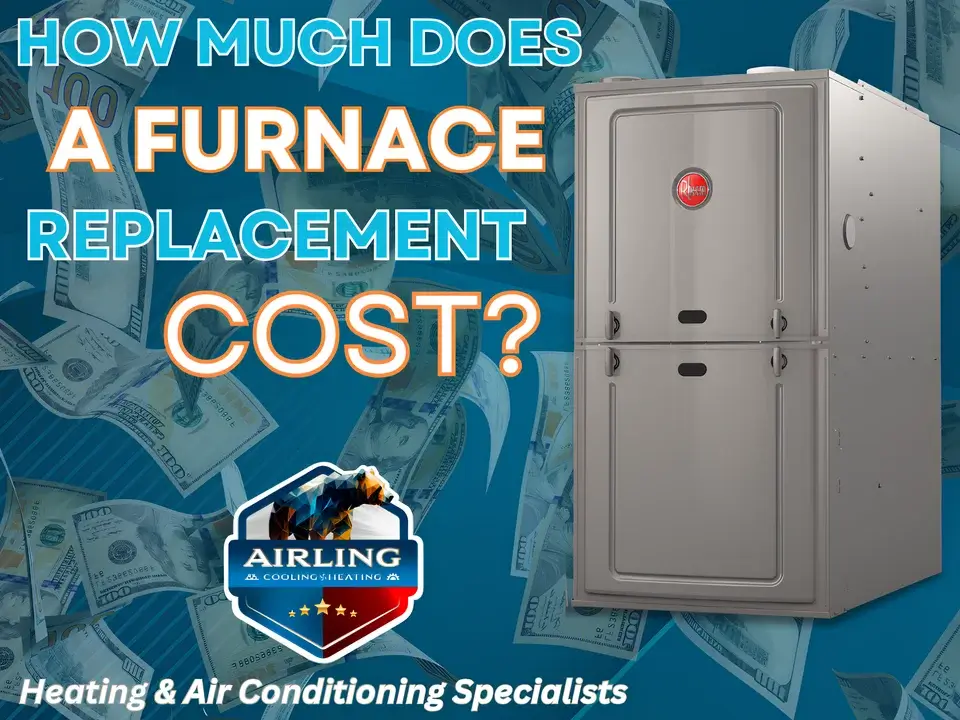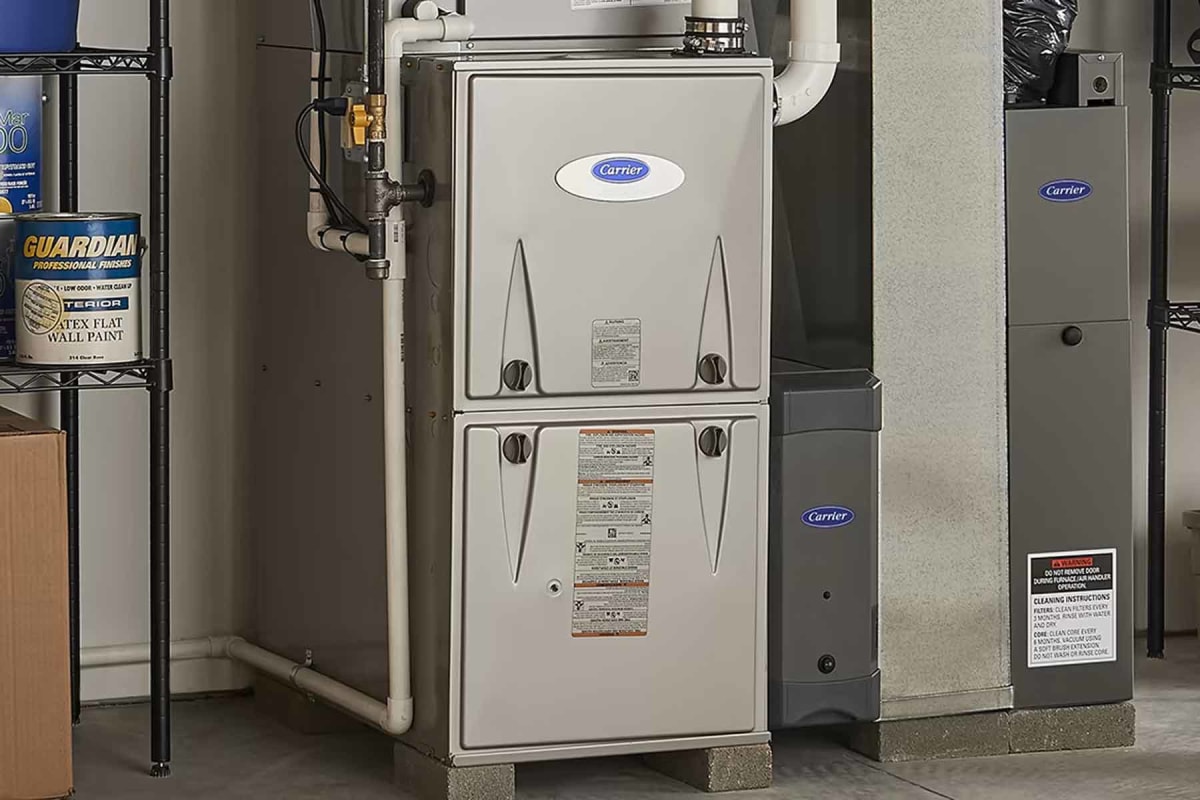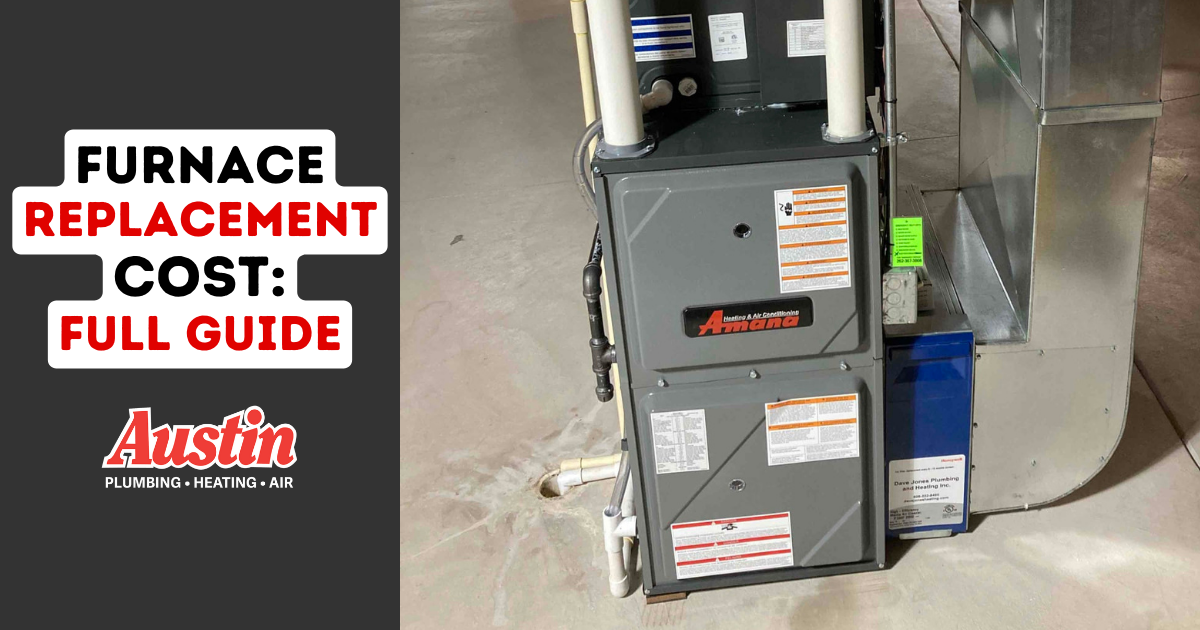How Much Does A Natural Gas Furnace Cost

Understanding the cost of a natural gas furnace is crucial for homeowners, HVAC technicians, and facility managers alike. This article provides a comprehensive overview of the factors influencing furnace prices, installation expenses, efficiency ratings, and long-term operational costs. We'll delve into the intricacies of furnace types, sizing considerations, and maintenance requirements to equip you with the knowledge needed to make informed decisions regarding your heating needs.
Factors Influencing Natural Gas Furnace Costs
Several elements contribute to the overall cost of a natural gas furnace. These include:
Furnace Type and Efficiency
The type of furnace you choose significantly impacts the initial cost. Furnaces are categorized by their efficiency, measured by the Annual Fuel Utilization Efficiency (AFUE) rating. AFUE represents the percentage of fuel converted into usable heat. The higher the AFUE, the more efficient the furnace, and generally, the higher the initial price.
- Low-Efficiency Furnaces (80% AFUE): These are the most affordable upfront but have higher operating costs due to lower efficiency. They are typically older models and may not meet current energy efficiency standards in some regions. They are generally suitable for climates with milder winters.
- Mid-Efficiency Furnaces (90-95% AFUE): These offer a balance between upfront cost and operating efficiency. They often require a PVC venting system, which can add to the installation cost. They are a good choice for moderate climates.
- High-Efficiency Furnaces (96%+ AFUE): Also known as condensing furnaces, these boast the highest efficiency ratings. They utilize a secondary heat exchanger to extract more heat from the exhaust gases, resulting in significant energy savings over time. They also require PVC venting and a condensate drain line. They are ideal for colder climates where heating demand is high.
For example, a homeowner in Minnesota might prioritize a 96%+ AFUE furnace to minimize heating bills during harsh winters, while someone in Georgia might find an 80% or 90% AFUE model sufficient.
BTU (British Thermal Unit) Sizing
BTU (British Thermal Unit) represents the amount of energy needed to raise the temperature of one pound of water by one degree Fahrenheit. The correct furnace size, measured in BTUs, is crucial for optimal performance and efficiency. An undersized furnace won't adequately heat your home, while an oversized furnace will cycle on and off frequently, leading to wasted energy and increased wear and tear.
Furnace size is determined by a Manual J load calculation, which considers factors such as:
- Square footage of the home
- Insulation levels
- Climate zone
- Number of windows and doors
- Air infiltration rates
A 1,500 square foot home in a moderate climate might require a 60,000 BTU furnace, while a 2,500 square foot home in a cold climate could need a 100,000 BTU furnace or larger. Consult with a qualified HVAC technician to determine the appropriate size for your specific needs.
Brand and Features
The brand of the furnace and its features also influence the price. Well-established brands like Carrier, Trane, Lennox, and Rheem often command a premium due to their reputation for quality and reliability. Additional features, such as variable-speed blowers, modulating gas valves, and smart thermostats, can further increase the cost.
For example, a furnace with a variable-speed blower offers more precise temperature control and quieter operation compared to a single-speed blower. Modulating gas valves adjust the gas flow to match the heating demand, resulting in greater energy efficiency.
Installation Costs
Installation costs can vary significantly depending on the complexity of the job and the geographic location. Factors influencing installation expenses include:
- Existing Ductwork: If your home already has ductwork in good condition, the installation process will be simpler and less expensive. However, if the ductwork needs to be repaired or replaced, this will add to the overall cost.
- Venting Requirements: High-efficiency furnaces require PVC venting, which can be more complex and costly to install than traditional metal venting.
- Accessibility: If the furnace is located in a difficult-to-access area, such as an attic or crawl space, the installation process will be more challenging and expensive.
- Permits and Inspections: Local building codes may require permits and inspections for furnace installations. These fees can vary depending on your location.
It's essential to obtain multiple quotes from qualified HVAC contractors to compare pricing and ensure that the installation is performed correctly and safely.
Typical Cost Ranges
Here's a general breakdown of the typical cost ranges for natural gas furnaces, including installation:
- Low-Efficiency (80% AFUE): $2,500 - $4,000
- Mid-Efficiency (90-95% AFUE): $3,500 - $6,000
- High-Efficiency (96%+ AFUE): $4,500 - $8,000+
These are just estimates, and the actual cost can vary depending on the factors mentioned above. Remember to factor in long-term operating costs, such as energy consumption and maintenance expenses, when making your decision.
Long-Term Operational Costs
While the initial cost of a furnace is a significant consideration, it's equally important to factor in the long-term operational costs. These costs include:
Energy Consumption
The energy consumption of a furnace depends on its AFUE rating and the amount of heating required. A higher AFUE furnace will consume less natural gas to produce the same amount of heat, resulting in lower energy bills. Use an online energy cost calculator to estimate annual operating costs based on your local gas prices and heating needs. For example, Energy.gov provides resources for calculating energy savings based on different AFUE ratings.
Maintenance and Repairs
Regular maintenance is crucial for ensuring the longevity and efficiency of your furnace. This includes tasks such as:
- Replacing air filters regularly
- Cleaning burners and heat exchangers
- Inspecting and tightening electrical connections
- Checking for gas leaks
Annual professional maintenance can help prevent costly repairs and extend the lifespan of your furnace. Common repairs include replacing igniters, flame sensors, and blower motors.
Lifespan
The typical lifespan of a natural gas furnace is 15-20 years, with proper maintenance. Replacing a furnace can be a significant expense, so it's essential to choose a reliable model and maintain it properly to maximize its lifespan.
Choosing the Right Furnace for Your Needs
Selecting the right natural gas furnace involves considering several factors. Here's a step-by-step guide:
- Determine Your Heating Needs: Assess your climate, home size, insulation levels, and other factors to determine the appropriate BTU size for your furnace.
- Compare AFUE Ratings: Consider the trade-offs between upfront cost and long-term energy savings when choosing an AFUE rating.
- Research Brands and Features: Look for reputable brands with a proven track record of reliability. Consider features that enhance comfort and efficiency.
- Obtain Multiple Quotes: Get quotes from several qualified HVAC contractors to compare pricing and services.
- Consider Long-Term Costs: Factor in energy consumption, maintenance, and lifespan when making your decision.
By carefully considering these factors, you can choose a natural gas furnace that meets your heating needs, budget, and long-term goals.
Natural Gas Furnaces vs. Other Heating Systems
Natural gas furnaces are just one of several heating options available. Here’s a brief comparison with other common systems:
- Heat Pumps: Heat pumps are generally more energy-efficient than natural gas furnaces in moderate climates, but their efficiency decreases in very cold temperatures. They also function as air conditioners in the summer.
- Oil Furnaces: Oil furnaces are less common than natural gas furnaces, and heating oil is often more expensive than natural gas. They also require a storage tank.
- Electric Furnaces: Electric furnaces are less efficient than natural gas furnaces and can result in higher energy bills, especially in areas with high electricity rates.
- Propane Furnaces: Propane furnaces are similar to natural gas furnaces but use propane as fuel. Propane is typically more expensive than natural gas.
The best heating system for your home depends on your climate, energy costs, and personal preferences.
Conclusion
The cost of a natural gas furnace is influenced by several factors, including efficiency, BTU size, brand, features, and installation expenses. By understanding these factors and carefully considering your heating needs, you can make an informed decision and choose a furnace that provides reliable and efficient heating for your home. Remember to prioritize professional installation and regular maintenance to maximize the lifespan and performance of your furnace. Always consult with a qualified HVAC technician for personalized advice and recommendations.










